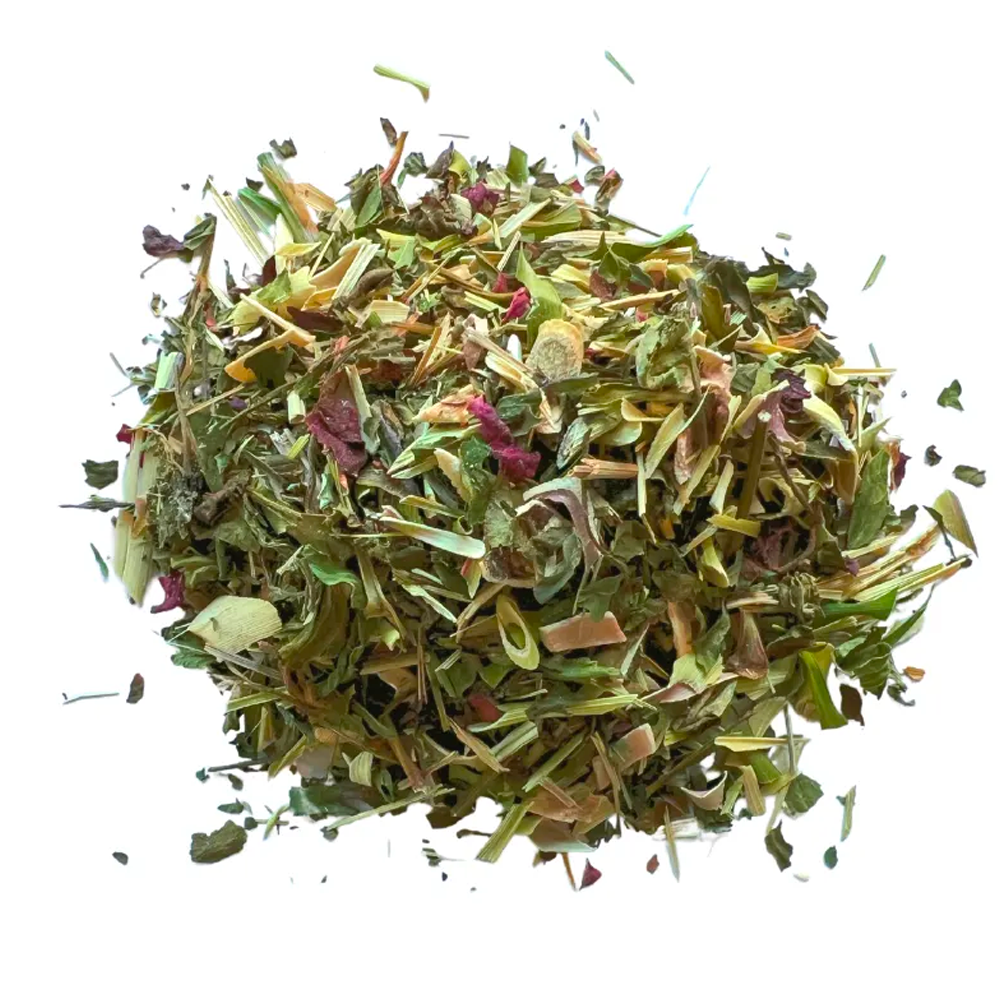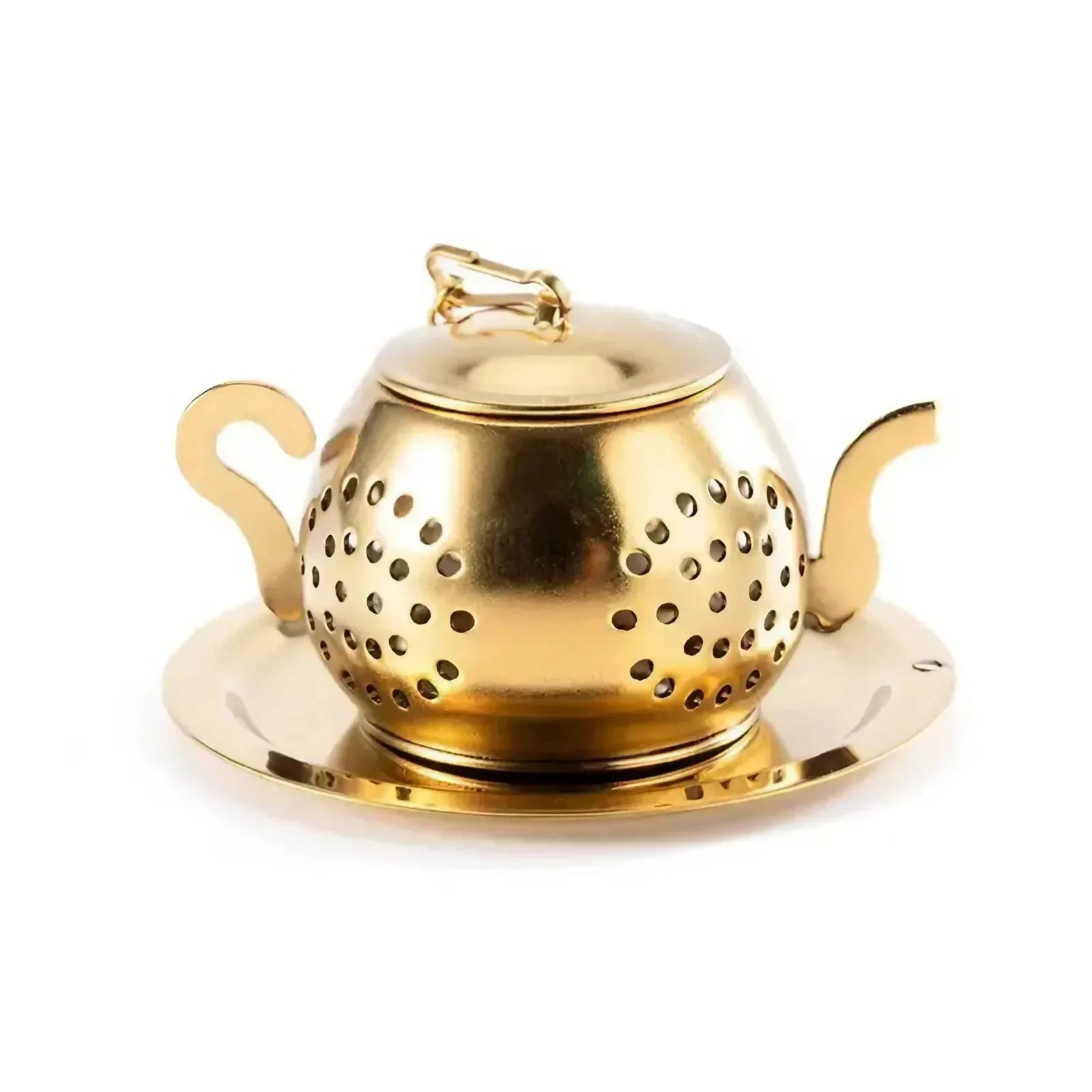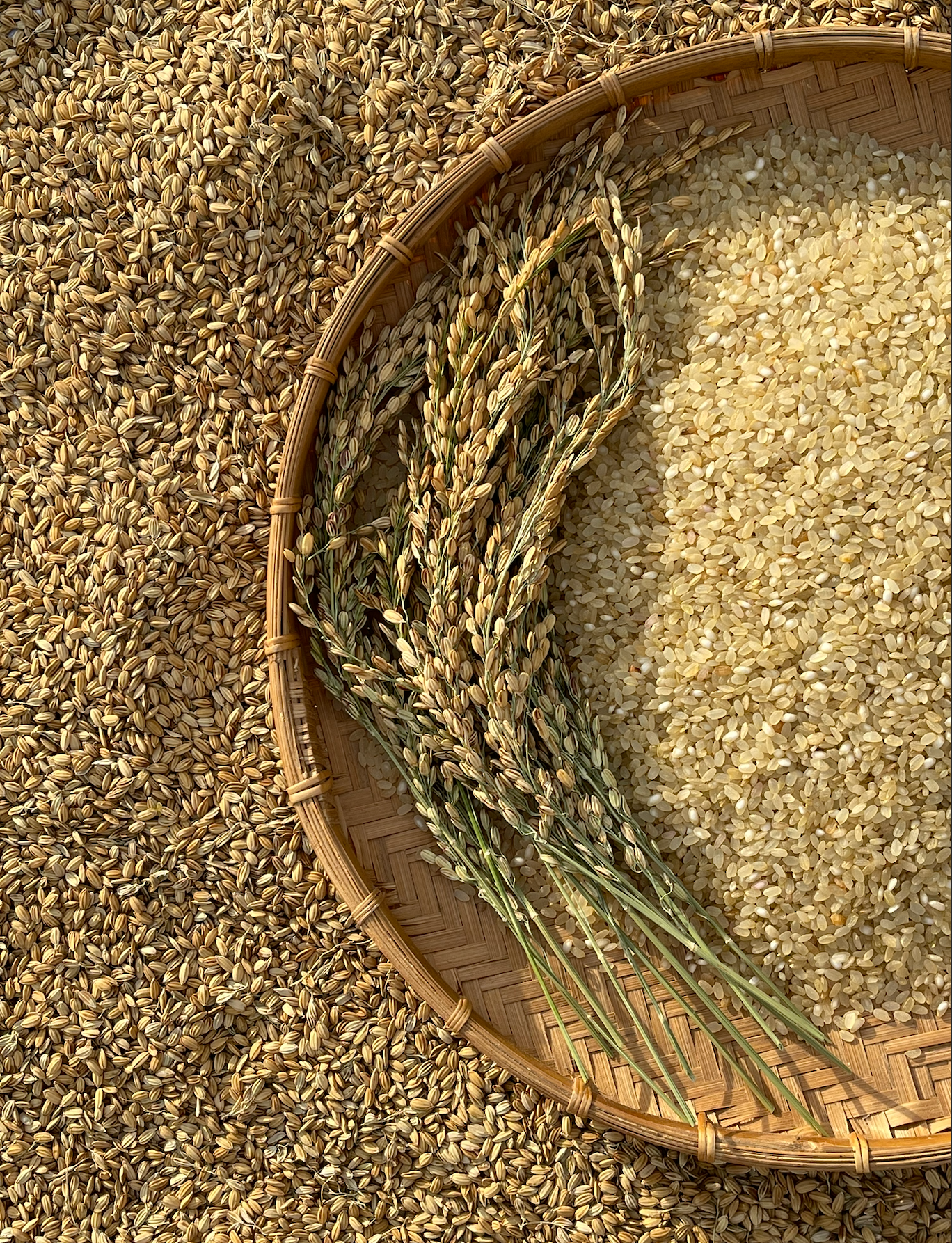Hmong women practice a traditional diet following the birth of a child, where new moms strictly consume only rice and chicken boiled in herbs. This is well known as the “postpartum chicken diet”. This “chicken diet” has become more and more common, especially if you live in a densely populated area with lots Hmong people. Some hospitals even provide a “chicken diet” option for postpartum mothers; but it lacks the main star of the dish, the herbs.
Hmong people believe that the herbs enrich the broth with nutrients to help mothers recover faster from their delivery, heal any tears caused during birth, and help increase breastmilk production. It is also believed that the herbs have chemical properties that help cleanse the body by getting rid of the “dead” blood and that the herbs have the ability to regulate the bladder to prevent incontinence in the future.
To date, there are no studies that support these claims; however our mothers and their mothers before them swore by this ritualistic diet. There may be some truth to it, but who really knows? It could be that back in the days when resources were scarce; the most readily available food were chicken and rice, and they were saved for the mothers who recently gave birth.
It is recommended that women consume a well-balanced diet, especially post-delivery. After all, they will be needing a lot more nutrients to allow their body to produce milk for their baby and keep their body strong and healthy. Each meal should be rich in protein, fruits and vegetables, and carbs such as whole grains or oatmeal. Women should consume at least 1,000mg of calcium daily and 18mg/day of iron (this may vary depending on your age).
With information and knowledge, we as women are able to make our own judgement and do what is best for our bodies. Why not have the best of both worlds?











